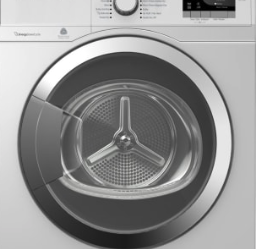As California and local jurisdictions continue to push our homes toward electric appliances, a hurdle that building professionals must consider is the electrical panel size. In the 1950s it was a 30-amp panel; the 1960s saw the 60-amp panel become common and since then, it has increased to 100-, 150-, or even a 200-amp panel typically for a new home today. In some of our largest custom home projects we are seeing the build team opt for an even larger 400-amp panel.
Some of this increase is coming from generally more electrified lives, but in California, new codes requiring panel space or minimum breaker sizes for water heating, EV charging and PV solar systems are also contributing factors.
Some panel basics. Within each panel, appliances are assigned circuit breakers sized to an amperage. Each circuit breaker only allows so much current (amps) through, before it turns power off (aka “trips”) through that breaker. This is a safety precaution, to keep you from plugging too many things into the same outlet. This means that the home’s electrical panel must have enough space, in amps, to accommodate each device in the home. Breakers need to be oversized for each circuit or appliance since an appliance’s maximum amp draw is typically at startup and then idles to a lower amp draw as it operates.
However, it’s important to note that a 200amp panel can house more than 200amps in breakers, this is why you need to have a Electric Load Calculation prepared to determine the actual panel requirement.
As many new construction single-family residences switch their appliances over from gas to electric. Here is a short list of the average breaker size by appliance for many of the transitioning appliances.





